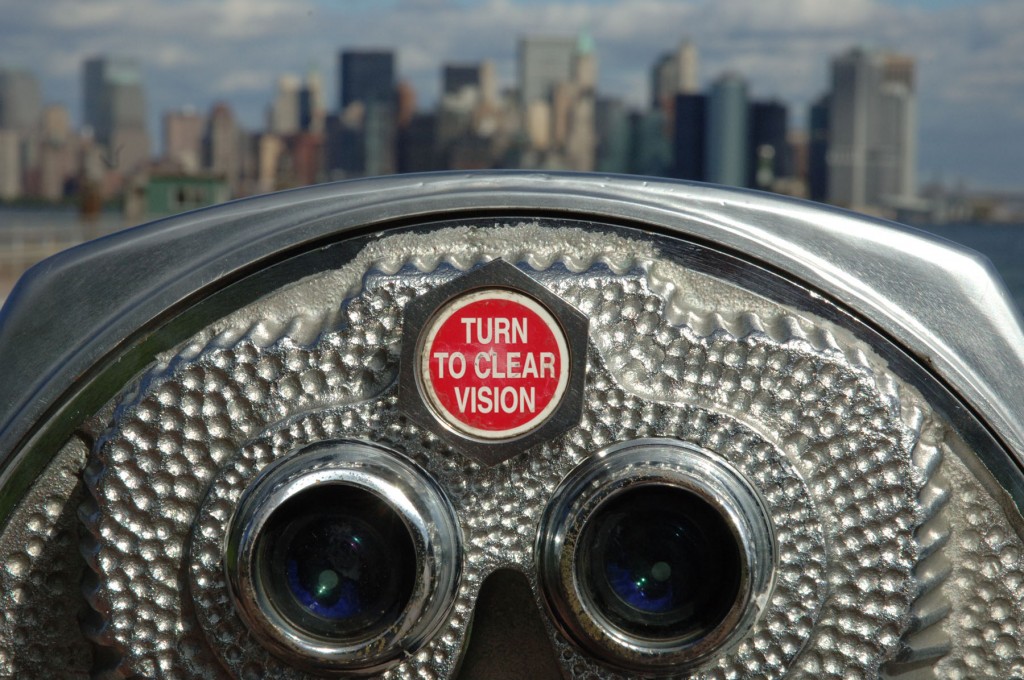Conspiracy Theories
I love conspiracy theories (“CTs”). They are tremendously entertaining. As far as CTs go, there are two kinds – and in my experience, only two kinds. The first kind, are CTs that are almost unavoidably linked to groups that are discontent with some form of authority. The key feature of this type of conspiracy theory is that the postulators do not feel the need to – and in many cases they just cannot – describe the reason why the conspirator came up with the theory in the first place. The postulator comes up with the CT to promote discontent against the authority who is the supposed perpetrator.
The perfect example of Type 1 CT is the whole man on the moon thing. I think there is unequivocal evidence that men landed on the moon. Retro reflectors (yes, those things in Big Bang Theory are actually quite real, although I doubt one could run the retro reflector experiment from the roof of an apartment building, especially because the equipment to run it costs millions of dollars and weighs a couple of tons). Lunar rocks that were brought back (no, there is no secret stash of lunar rocks under the Antarctica’s ice sheet). And yes, even those photos. But to me, the clincher is to simply ask “Why?” Yes. A simple “why” would do. Why would anyone want to fake landing on the moon? “To scare the USSR” the proponents of Type 1 CTLL (conspiracy theory lunar landing) say. Really? And according to a bunch of anti-government nut cases the Russians were just that stupid to fall for a conspiracy forged by the US. Forget their super-sophisticated radar (for 1969 that is) that tracked Apollo 11 on flight as it left the gravitational pull of our planet, and tracked the Eagle module as it re-entered the Earth’s atmosphere. No. They were meant to believe that the US shot a rocket on a moon trajectory (which the Russians have calculated based on their radar measurements and published – it’s fascinating math for 1969!) then orbited the moon and shot a lander down, but they did not land (really?) and then came back. I don’t buy it. As Sir Arthur Conan Doyle said: once you get rid of all the impossible, whatever is left, improbable as it may be, must be the answer. So the answer is: the US did in fact put a few guys on the moon.
Despite my big rant about Type 1 CTs, this entry is really about Type 2 CTs. I went through the whole thing with T1CTs because it helps understand T2CTs. So what are T2CTs? They are also a kind of conspiracy theory, but in this case they are not postulated by anti-authority groups. They are postulated by inept people. But not just any kind of inept people. T2CT proponents are the worst kind of inept people. They are narcissistic, self-centered, distorted-sense of reality, inept people. In stark contrast to T1CTs, which are often very well conceived, T2CTs are shaky. They change over time, they are full of holes. Why? Well, because (a) the people that conceive them are inept (obviously) and (b) because of their narcissistic nature, their perception of reality is, by definition, warped. Thus, the CT changes over time as the proponent’s perception of reality shifts. The CT has little connection with reality, and instead reflects a homocentric view of the universe, which causes it to sounds in many cases like a child’s silly excuse.
T2CTs would be fun, except the sad reality is that they are more damaging than T1CTs. You see, the reason these narcissistic, self-centered idiots get to propose CTs in the first place, is that they are often leaders and they happen to be very charismatic. They are captivating. So people listen to their theories. And in many cases, despite how crazy these theories may sound, people believe them.
The prototypical T2CT goes as follows:
- Perpetrator screws up. This step is critical, because the bigger the screw up, the bigger the CT will become.
- Perpetrator gets caught. Now, this step is hard, because perpetrator may be inept, but he is not stupid. He knows he is screwing up, and as he starts screwing up, he starts laying the foundation for the CT. So the people who are in charge of catching the screw up have a tremendously difficult task of cutting through the layers of lies to get to the bone-dry and simple truth: the perp screwed up.
- Perpetrator gets reprimanded. This is the simplest step. It follows Newton’s third law of thermodynamics: every action commands a reaction of equal intensity but in opposite direction.
- Perpetrator publishes the CT. The perp can’t stand being proven wrong or shown inept. He is too self-important to admit he is wrong. The CT must be published wide and far. Everyone must hear his warped truth. And many believe him.
- The many challenge the outcome. They argue with those who are trying to reprimand the perp.
Now, here’s the damaging piece. If the perp is (or was, previously of his screw up) in a position of importance for a particular cause or endeavor, the cause which he previously represented may be destroyed by the CT. A fight ensues between the perp and his own previous cause: if the cause is to move on unscathed, then the perp must fess up to his own ineptitude. I have never seen a self-centered, narcissistic perp own up to his own mistakes, and so sadly things tend to get nasty between the perp and those who still support the cause.
Hugo Chavez has ruined Venezuela. Many say beyond repair. He has screwed up just about everything that can be screwed up: private enterprise, social stability, investment, foreign relationships. In 13 years in power he has never – not once – admitted he was wrong about anything. Every indicator of peace and progress in Venezuela is worst than it was in 1999. What is Chavez’s response? Obviously hundreds of T2CTs. Most against the US government, but many against his own people. He has even blamed his own cancer on some kind of super selective cancer inducing agent that the US has produced. The sad reality, however, is simple. He is just an inept leader. The list of these perps is long and distinguished. Napoleon. Hitler. Ahmadinejad.
But there are also perps among us. The simple perps. Those whose actions do not alter the course of nations, but have the potential of royally screwing our own lives. A bad teacher. An assistant coach that is a pedophile. A former football star that gets away with murder. A bad CEO.
There is however one silver bullet: Sir Arthur Conan Doyle’s. In the face of a T2CT, one must use the same analysis as with a T1CT: eliminate all the impossible, and the only thing left is almost always the ineptitude of the perpetrator. Hard as it may be to believe, that charismatic, larger-than-life leader is nothing but inept.




